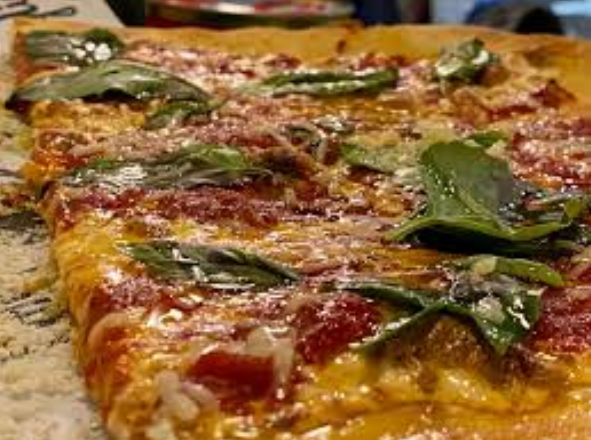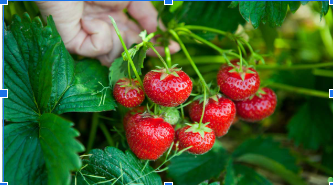
Did you know that U.S. schools only started serving lunch widely in 1894? Students all over America love lunchtime, a time in the cafeteria is a time for students to take a break from schoolwork, eat, and hang out with friends. However, other countries take lunch a bit more seriously…
FRANCE
Did you know that schools in France give one hour to students for lunch time? That’s right! Schools in France like to think of lunch as not just a time to eat food, but a time to explore, share, and learn about the variety of French cuisine. Schools in France that have students from young, elementary kids to high schoolers serve five course meals, most of the food handmade from scratch and found right there in France. As you might know, the French are very serious about food and that includes school lunch!
The school lunches usually consist of an appetizer, an entree, a plate of cheese, and dessert. Vegetables, meat, fish, proteins, beans, and eggs are most common in the school entrees. The appetizers are usually any type of soup, pumpkin soup, mushroom soup, leek soup, carrot soup, and much more. Lots of the soups include vegetables or meat and fish. The French love their cheese, which is why there is a different cheese option every day. Finally, the most important part arrives, the dessert! Usually, dessert is multiple different types of fresh fruit. Occasionally, dessert is a sweet treat like cake, pie, cookies, or a special French dessert called, ¨beignets¨, a donut filled with jam and applesauce as well as vanilla or chocolate cream. Delicious! In addition to entrees and desserts, some elementary schools deep fry their vegetables to get the young children to eat them. Some students even think that the food served in the cafeteria is better than the food they eat at home. In America, the school lunch won’t always be mussels, hors d’oeuvres, or escargot, but most likely pizza and cheeseburgers.
School students in America lineup in a long line waiting for food to be placed on their plastic trays. In France, the staff lay out the plates, utensils, and glasses before the children come to the cafeteria. They even serve the food for them, going around and refilling cups of water or adding more to their real china plates. Before coming to lunch, all students wash their hands. The children even share all their food, including dessert! Students are also expected to help serve food and pass it around their table to other kids. Experienced chefs cook fresh and delicious foods in their high-tech kitchens, washing the fruit and veggies as well as the bags the food comes in so it’s clean. Another amazing thing French schools do is save small samples of all of their food in small bags, in case of suspected illness. Once a month, the school chef gets together with a dietitian, and city and school officials to discuss the daily lunch menu. Parents get a copy of the menu for school lunch so that they know what their child will be eating.
When students are done eating, they go back to class and the staff cleans up the cafeteria.
JAPAN
Did you know that students in Japan bring their own chopsticks and toothbrushes to school? In the 45-minute lunch period, students eat in their classroom with the teacher and set up the desks to make larger tables. They each bring their own chopsticks, toothbrush, cup for rinsing, lunch mat, smock, hair net, and mask. The students all wash their hands and then use sanitizing gel as well. It’s important to stay clean!
The school lunch in Japan may not be as diverse as the lunches in France, but it’s definitely not your typical cheese pizza. What you can expect is a soup with vegetables, meat or fish, bread, rice, salad, and a carton of milk. In Japan, the schools set out to serve nutritious food and teach kids about healthy food choices. Students are also encouraged to eat everything on their plate. The kids also eat some of the food grown on their school farm, planted by other students. Just like in France, schools want to teach their students about different kinds of foods.
In Japan, the students rotate between different jobs during lunchtime. From elementary school to high school, each student gets a different job. Some jobs include setting up the classroom for eating, serving lunch, and getting the food. Milk duty is a job where the student will pass out cartons of milk to each of the students. At the end of lunch, students take apart their milk cartons so they can be recycled. The student on milk duty collects all of the cartons, rinses them in the sink, dries them for a day, and then carries them out to the recycling. Whoever is on lunch duty, is responsible for serving the food once it has been brought to the classroom. The adult lunch workers cook the food and then put it on carts which are brought up by a small elevator in the kitchen. Each class has its own cart, and a few students walk to the kitchen with their teacher to get the cart. Class leaders are responsible for checking off what food is left over, making sure no one is sick, and ensuring that each student is wearing the proper lunch clothing. Students also have a rock-paper-scissors battle for the last of the food!
After eating, students all brush their teeth and rinse at the sink. Then, they move the desks back to normal and return the dishes to the kitchen. The children also clean up after they eat. However, they don’t just clean up the classroom. All students use cloths, brooms, mops, and more to clean the hallways, bathrooms, entrances, stairs, and the gym. The cleaning period lasts for 20 minutes each day. Having a school lunch in Japan teaches children responsibility and independence, sounds like a great school!
These school lunches give children a variety of delicious and healthy foods. Next time you’re visiting another country and are looking for the greatest gourmet meal, check the school cafeteria!











